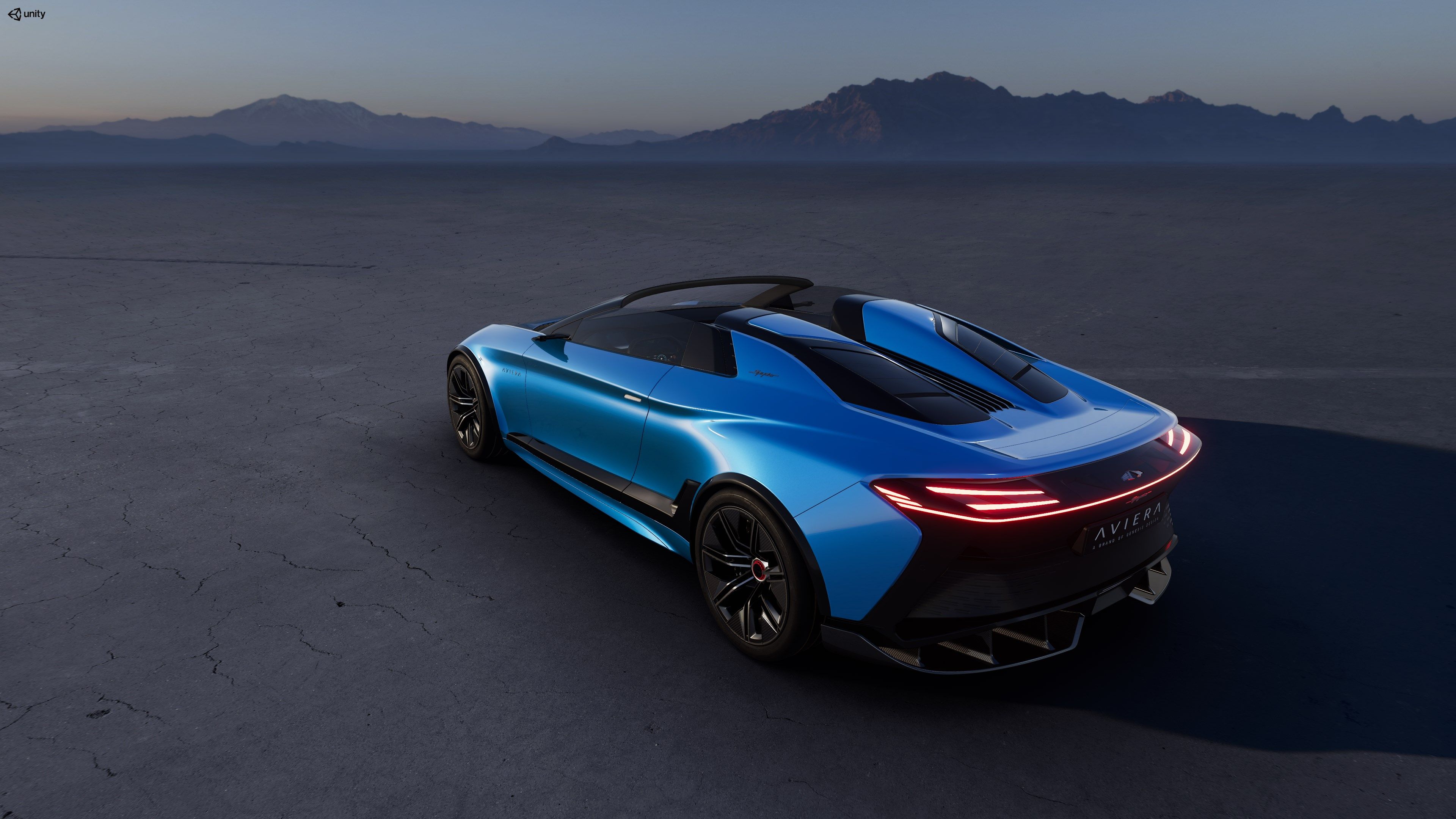
What is 3D visualization?
3D visualization for digital twins, explained
3D visualization is a technical and artistic, multistep process of creating 3D designs of objects that exist (or will soon exist) in real-life. Used throughout a range of industries including manufacturing, architecture, and multimedia, 3D visualization creates the ability for graphics to be expressed with shape and depth — bringing projects to life for an engineer or artist.
A study commissioned by Unity found that these are among the most common forms of visualization:
Real-time 3D visualization
Although the newest of the methods, real-time 3D visualization is quickly on the rise. With real-time 3D software, fully interactive 3D models, environments, digital twins, and entire virtual worlds can be digitally rendered in a blink of an eye – a significant advantage over traditional content creation tools
Physical modeling
Including 3D printed models, clay models for cars, drawings, and foam board replicas, physical models are the most common type of visualization method. While preferred by traditionalists, physical models do not offer high fidelity or any interactivity, and it is expensive and time-consuming to iterate on multiple concepts or versions.
2D visualization
Faster and cheaper than physical modeling, 2D visualization works by displaying static two-dimensional images such as, digital drawings, computer-generated images (CGI), and photographs. While the second most common visualization method, 2D visualization is poor at conveying scale and proportion – designers often need to prepare multiple renderings to simulate the perspective and depth of field (DoF) necessary for creating a credible real-world feel.
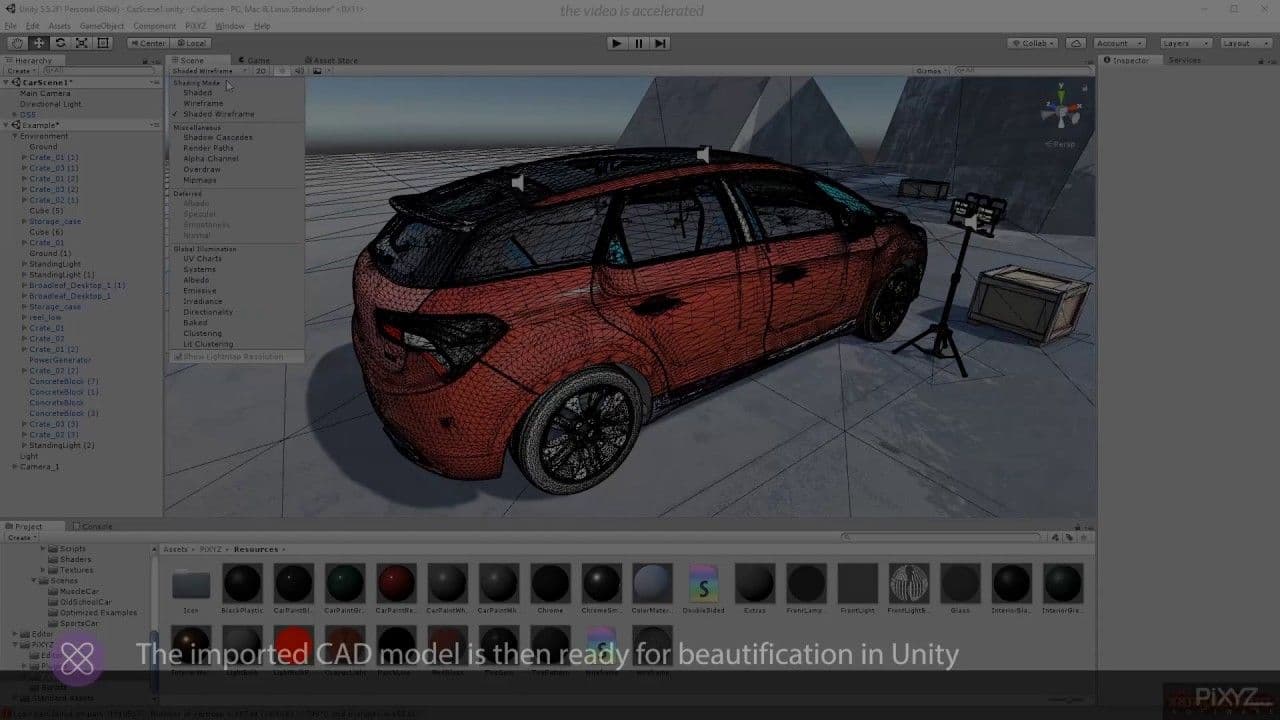
Visualization of industrial data formats
Industrial data formats such as computer-aided design (CAD) data or building information modeling (BIM) data are typically used by engineers, designers, and architects to create detailed 2D and 3D models of manufactured products, buildings, and more.
CAD and BIM data are used across industries for their abilities to improve collaboration and accelerate concept-to-manufacture time. However, the density, complexity, and file size of these data make interactive visualization challenging.
As visualization is an essential tool used at all stages of the product lifecycle, industries are now turning to real-time 3D engines to enable true-to-life, interactive 3D visualization for better multiuser collaboration and decision-making. But, they still have one hurdle to overcome – converting industrial data formats into a real-time 3D engine-compatible format.
So, how do companies overcome this hurdle? They use a data optimization solution that bridges the gap.
These solutions take industrial data, such as CAD files, that rely on exact parametric surfaces (called BREP or NURBS) and translate this data into a triangular representation of 3D objects (called mesh data) that can properly support interactivity on devices like phones, tablets, and augmented reality (AR) and virtual reality (VR) devices. This enables teams to explore models from any vantage point, review designs together in an immersive way, and ultimately make better decisions before taking real-world action.
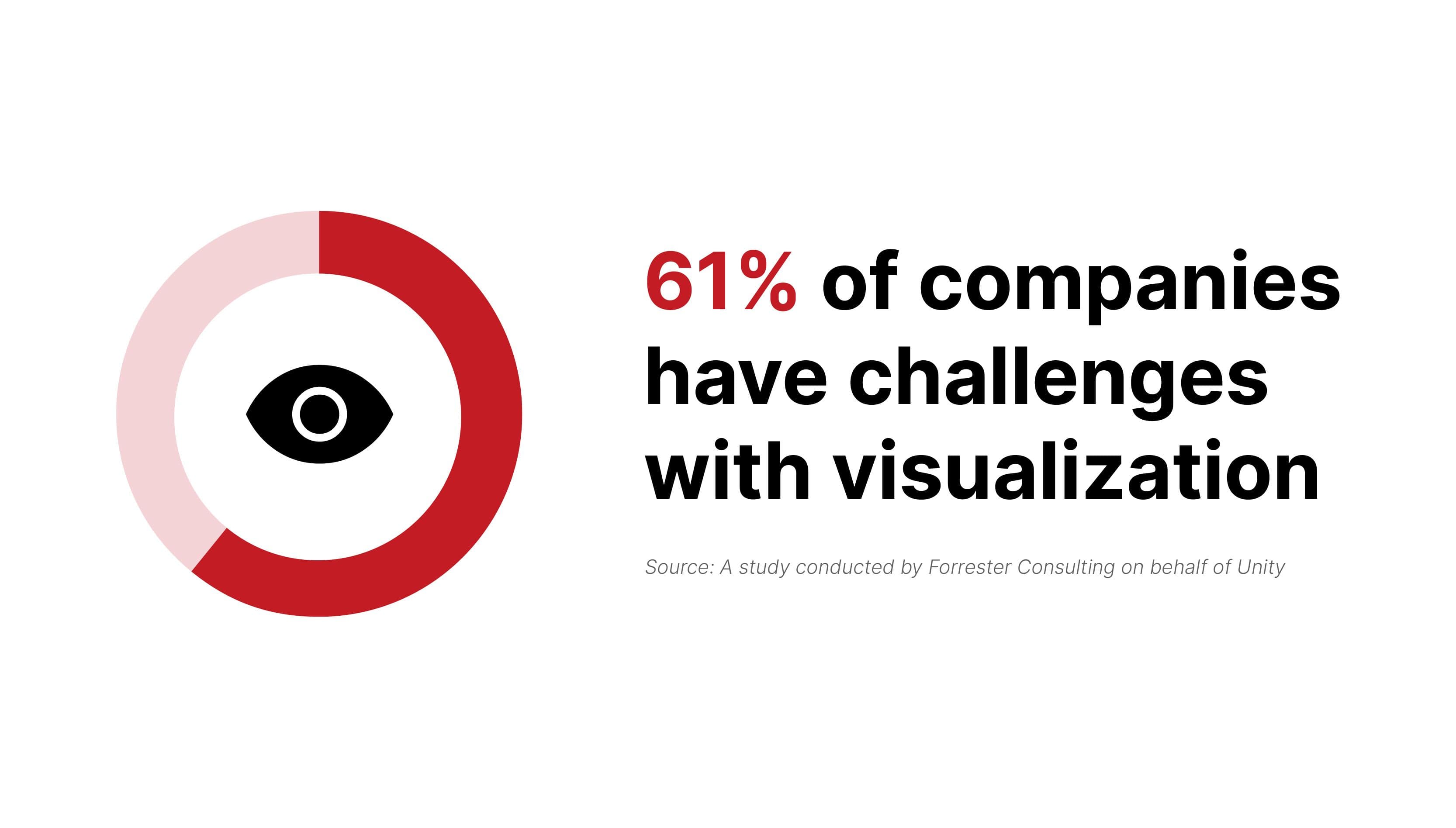
Why is 3D visualization important?
Companies creating physical assets (cars, robots, buildings, etc.) have a multitude of visualization requirements. To meet these needs, many currently employ an array of tools and experiences, like images and videos. But, if a picture is worth a thousand words, what does it mean to have that same information presented to you in 3D?
The power of 3D visualization is its ability to parallel reality – bringing numerous benefits, including:
- Cost savings from reducing reliance on expensive physical prototypes and catching design and engineering flaws earlier
- Faster time to market by enabling collaboration and communication between teams
- Increased sales by presenting products in compelling ways beyond traditional multimedia formats
Winning more projects by presenting future designs in a realistic, true-to-life way
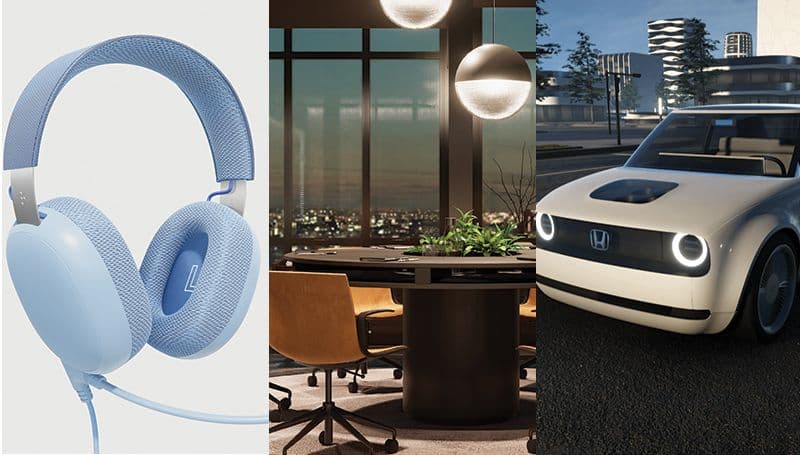
How is 3D visualization used?
3D visualization is used to create digital content across industries such as product design, manufacturing, architecture, interior design, sales and marketing, education, and multimedia
Product design and manufacturing
3D visualization creates efficiencies within the manufacturing and product design process by providing the ability to implement AR-guided assistance during production, virtual assembly process validation, technician training, and digital factory simulation.
2. Architecture and interior design
3D visualization allows architects and interior designers to create real-time BIM experiences to drive project efficiencies, conduct immersive design reviews, and connect design and construction.
3. Sales and marketing
Using 3D visualization, marketers can drive engagement and boost conversions by creating interactive product configurators, AR/VR shopping experiences, virtual events, and photorealistic renderings.
4. Education
3D visualization improves training by catering to various learning styles through VR experiences, providing students with immersive remote classroom access, and more.
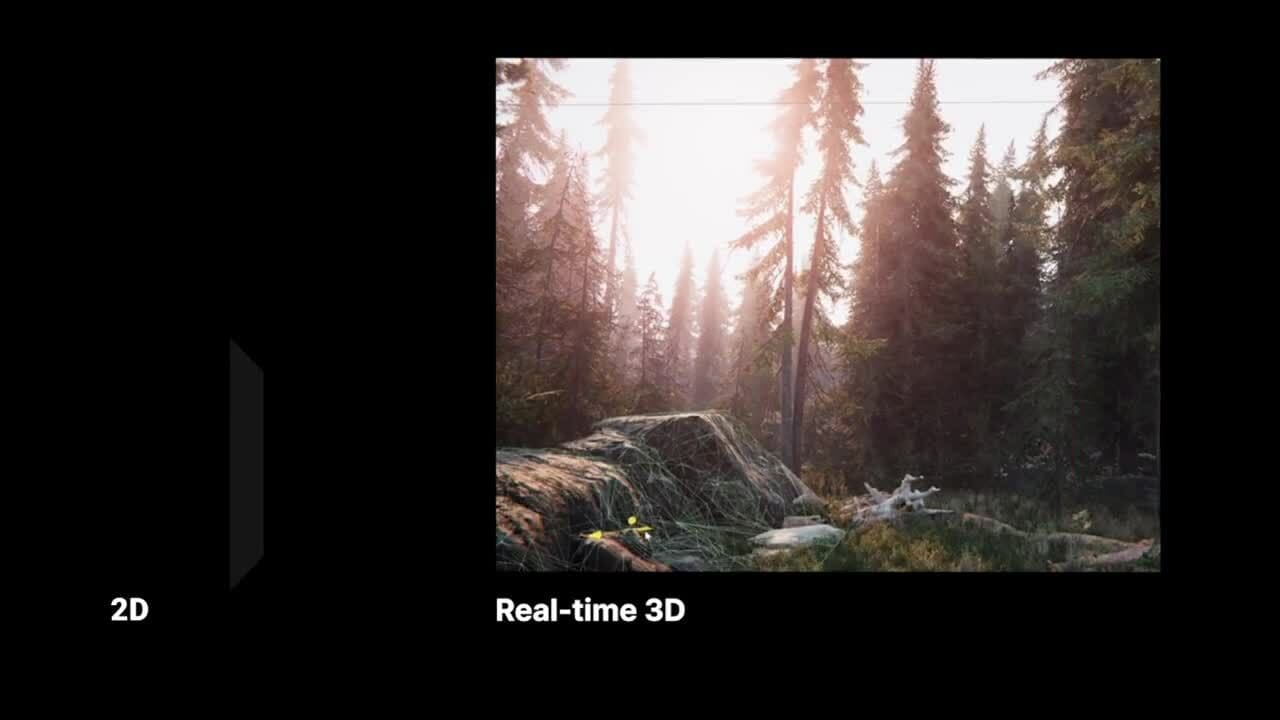
The future of 3D visualization: Real-time 3D
With real-time 3D software, fully interactive, 3D models, environments, and entire virtual worlds can be digitally rendered faster than a blink of an eye - a significant advantage over traditional content creation tools.
Real-time 3D experiences are fundamentally both:
- Immersive, because the digital representation of reality is lifelike and approaches the authenticity of our analog experience of reality, and
- Interactive, because users have precise control over their experience, much like a video game.
During the creation process, real-time 3D allows users to iterate rapidly and adjust components like animation, audio and video, cinematics, environments, lighting, user interfaces, visual effects, and more. At any point in development, users enjoy real-time previews of their work – visualization is instant, so there’s no waiting around for the results to render.
Once real-time 3D content is created, it can be deployed to mobile devices, computers, AR and VR devices, and other platforms. Users can interact in real-time with these “live” applications, resulting in a fundamentally more engaging and immersive experience than non-interactive, static content.
Our world is in three dimensions; we move, think and experience in 3D. The extended spatial presence that virtual environments replicate brings numerous benefits, such as enhanced problem solving, better knowledge retention, and higher levels of engagement and understanding.
What is 3D rendering?
3D rendering is a step within the 3D visualization process that uses light to produce images based on three-dimensional data stored on your computer.
Related to 3D rendering, real-time rendering is most commonly used in video games or interactive graphics. Real-time rendering also uses light to produce images but at a much quicker speed, so the scenes appear to occur in real-time and users can interact with the render while it is still being developed.
Why is 3D rendering important?
3D rendering is important because it makes 3D visualization possible. It is the step within the process that allows for a 3D model to be transformed into a 2D image of a product, building, etc. with photorealistic effects.
3D rendering is what enables architects, designers, and engineers to effortlessly collaborate with stakeholders, visualize ideas, and identify mistakes before development begins.
With emerging trends like the fourth industrial revolution (4IR) and the metaverse, 3D rendering of data is increasingly becoming more important than ever before.
3D visualization vs 3D rendering
While often explained as two different processes, 3D visualization and 3D rendering are connected.
3D visualization is the process of creating 3D models to showcase designs of products, buildings, and more. 3D rendering is a step within this process, which cannot be started without a 3D model and – as visualization overlays the real world – needs to be spatial (3D).
Together, 3D rendering and 3D visualization create immersive, engaging content.
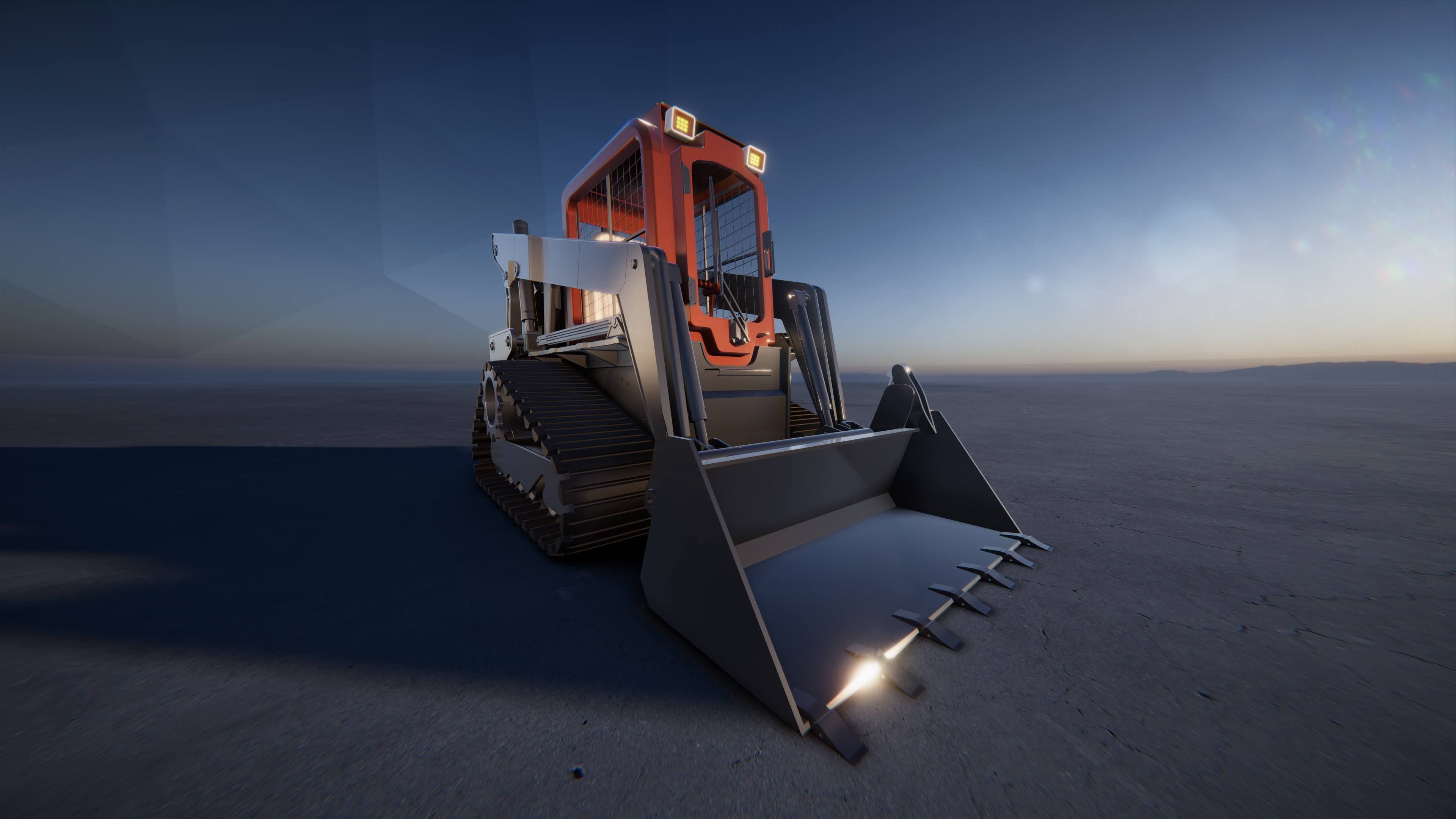
Get started with a real-time 3D visualization solution, no matter your industry .